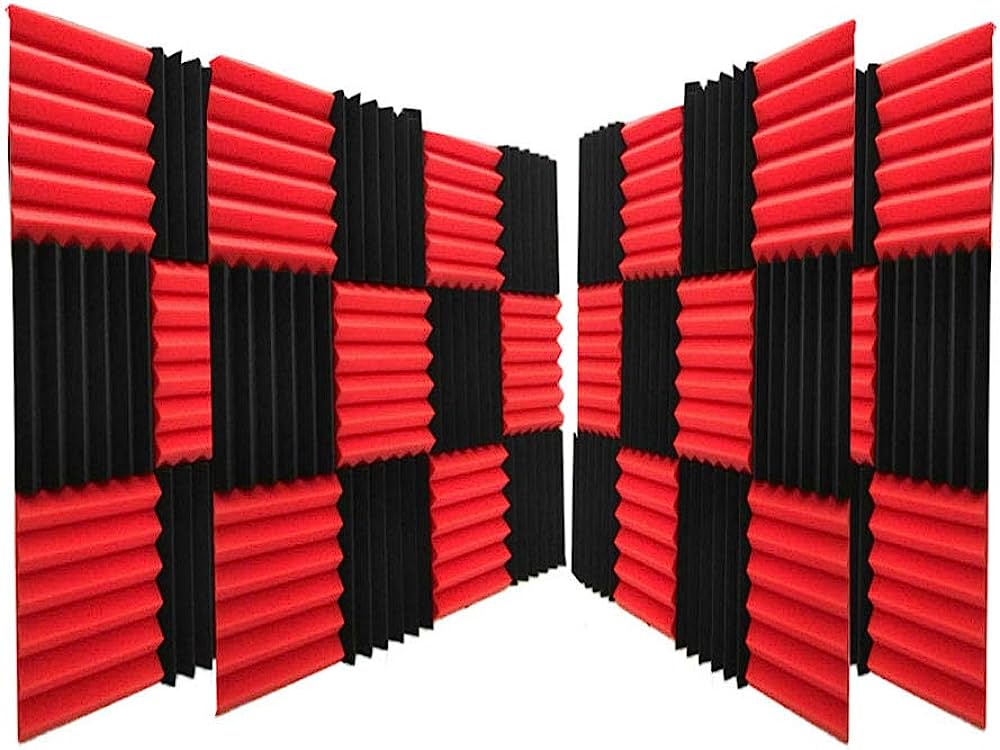Soundproofing is a crucial aspect of any home that can help to create a peaceful and comfortable living environment. From noisy neighbors to traffic sounds, unwanted noise can cause a disturbance and disrupt your daily routine. Fortunately, there are many soundproofing materials available on the market today that can effectively reduce noise levels in your home.
In this blog post, we will explore the different types of soundproofing materials that can be used in various parts of the house.
- Acoustic insulation for walls
Acoustic insulation for walls is an essential component of soundproofing materials for the different parts of the house. Noise pollution is a common problem for homeowners, particularly those who live in urban areas or near busy roads. Installing acoustic insulation can significantly reduce the amount of outside noise that enters the home.
Acoustic insulation for walls works by absorbing sound waves and reducing their transmission through the wall. There are various types of materials available for use, including mineral wool, fiberglass, and cellulose. These materials are effective in reducing noise levels and can be installed during construction or as a retrofitting solution. It is important to select the appropriate acoustic insulation material based on the specific needs of the house and to ensure proper installation for optimal results.
- Soundproofing curtains for windows
Windows are a common source of noise pollution in many homes and apartments. Soundproofing curtains for windows are an effective and affordable solution for reducing outside noise from entering a room. These curtains are made with thick, sound-absorbing materials that block sound waves and reduce noise levels. They are also versatile and can be used in any room in the house, including bedrooms, living rooms, and home offices.
In addition to their soundproofing capabilities, they can also help with energy efficiency by blocking out drafts and keeping the room cooler in the summer and warmer in the winter. Overall, soundproofing curtains for windows are a great investment for anyone looking to improve the comfort and peace of their home environment.
- Acoustic tiles for ceilings
Acoustic tiles for ceilings are an effective solution for reducing sound transmission between floors. These tiles are designed to absorb sound waves and prevent them from traveling through the ceiling and into the room above. They are made of lightweight materials for soundproofing such as fiberglass, mineral wool, or foam and come in various shapes, sizes, and colors to match any type of decor. Installation is simple and can be done by anyone with basic DIY skills.
Acoustic tiles are suitable for use in a wide range of settings, including residential homes, offices, schools, and commercial spaces. They offer a cost-effective solution to soundproofing a room and can significantly improve the acoustic quality of any space.
- Sound barriers for floors
For floors, sound barriers can be installed either underneath the floor or on top of it. Underlayment made of materials such as cork, rubber, or foam can be used as a sound barrier. These materials can absorb impact noise and airborne sound, making them ideal for use in busy areas of the house such as living rooms or bedrooms.
Another option is to use sound barrier mats made of mass loaded vinyl or other dense materials that can be placed on top of the flooring. These mats can also reduce noise transmission through ceilings, making them a versatile solution for multi-level homes.
- Acoustic doors for entrances
Acoustic doors are an essential component of any soundproofing project for a home’s entrance. They are specifically designed to block noise from entering or exiting a room, making them ideal for homeowners who live in busy neighborhoods or near noisy streets.
Acoustic doors are made of high-density materials that are specifically engineered to absorb sound waves and prevent them from passing through the door. They also feature seals around the door frame that prevent air from passing through, eliminating any gaps that could cause sound leakage. These doors come in a variety of styles, including wooden, metal, and glass, making it easy to choose one that matches the aesthetics of your home.
A professional soundproofing contractor can help you select the right acoustic door for your entrance, ensuring that you achieve the best possible soundproofing results for your home.

